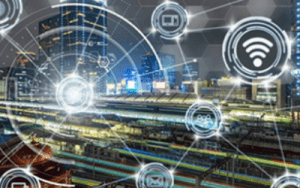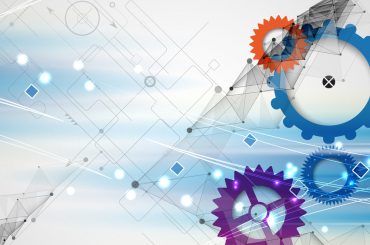
Digital twins could be the catalyst for reduced emissions, as city planners are able to trial run more decarbonization efforts with low operational costs.
Decarbonization efforts happening around the world could benefit from the use of digital twins technology, which is able to give city leaders more understanding of how policy and development decisions will effect carbon emissions in the medium and long term.
Digital twins, which are 3D constructions of a space, allow planners to simulate different design, assembly, and operation choices, without the costs associated with making an incorrect decision in the real world. From this, more interpretations and ideas can be produced, potentially enabling far greater decarbonization gains at a fraction of the cost.
SEE ALSO: NVIDIA Partners With Microsoft To Build AI Supercomputer
Climate change conferences are continuing to ask how we can use technology to reduce carbon emissions and improve the lives of people living in cities. Ernst & Young suggests that digital twins might be one of the most worthwhile bits of tech for cities to invest in, with a potential for 50 percent carbon emissions reductions and 35 percent reduced operational costs.

Cities are already collecting a lot of data through sensors that monitor emissions, pollutants, humidity, noise, traffic, and other metrics, but this is going unused in siloed systems and illegible formats, which are difficult for non-technical staff to interpret.
With digital twins, city leaders and planners are able to view all of this data in an easy-to-digest format. Visual intelligence is considered the backbone of the next evolution in smart city and public service technology, as it translates data into actionable intelligence for everyone involved, and removes the need for specialists to interpret the data.
“Assisted by a visual intelligence-powered digital twin, planners can establish a factual baseline of their assets and assess how far off their net-zero targets,” said Linda Wade, CEO of Spinview. “Additionally, a digital twin allows decision-makers to visualize, assess and resource future scenarios. This helps set realistic targets and roadmaps, shedding light on which levers to pull for energy savings. Above all, a digital twin translates all the data in ways that employees can understand and act on.”
City planners are aware of the necessity for change to meet decarbonization efforts, but without clear insights into if something will work, city transformations can become bogged down and, in the end, diminished in scope to avoid risks. Digital twins can remove the unknown, by allowing city planners to run advanced simulations of changes and preview the results.
Related: Center for 5G and Edge Computing
“Decarbonisation of the built environment is a key metric for Digital Twin technology, and its ability to link financial incentives like carbon credits will massively accelerate take up from building asset owners as there is no upfront investment,” said Michael Jansen, CEO of Cityzenith, an urban digital twin platform provider.
Getting from sensors collecting a lot of unstructured data to a visual intelligence platform that is easy-to-access is not a one step process, and cities need to be engaged all along the process to ensure the service they receive at the end of it is operable to decision makers and other non-technical staff.








